Values
Fanning, Fanning & Associates Inc.
Core Values That Drive Engineering Excellence
At Fanning, Fanning & Associates Inc, our values are the foundation of our engineering practice.
1. We Honor Our Clients
We build credible, honest, responsive, relationships with our clients. We deliver exceptional professional service that exceeds our clients' expectations.
- We do what we say.
- We meet our deadlines.
- We show up to meetings on time and prepared.
- We don't leave early and we stay engaged, (and we don't play on our phones).
- We answer client emails.
- We deliver on our commitments within the framework of reasonable deadlines and project requirements.
2. We Communicate Effectively
- We are patient communicators.
- We value listening more than talking.
- We take the time to listen and understand the information presented.
- We refine and clarify information by asking the right questions.
- We document our findings and distribute them to our team in a timely fashion.
3. We Use Consistent, Dependable, Paperless Processes
Meetings and Surveys
- We keep and are on time to appointments by maintaining our calendar on all our devices.
- We invite the appropriate people to meetings and send meeting invites with full meeting descriptions and agendas.
- We take detailed meeting minutes at every meeting we attend, submitting them to our clients and colleagues within 24 hours, if not immediately.
- We take detailed notes, sketches, and photographs on all jobsite surveys. We err on the side of collecting too much information so we don't have to go back to redo the survey.
Emails
- We check our email regularly, at least twice a day.
- We keep our inbox down to less than 100 emails, and use our inbox as an active list for tasks we have yet to do. When we act we archive the email so that we can find it again. By being faithful to this principle, we never drop or lose an email.
- Whenever we send or receive file attachments, we file them in the appropriate place in the share folder.
FFA Jobs Calendar
- We use the shared jobs calendar as a tool to communicate deadlines and meeting times.
Share Folders and Electronic Collaboration
- We organize share folders consistently on every job and invite all team members.
- We name files so they can be readily searched and retrieved.
discpl_type_jobname_jobno_yyyymodd
ex: plbg_chk_Polk_10621_2016May11 - We file all useful information in an organized manner in the project share folder, in its appropriate place
Documentation
- We approach each project consistent with our training, documenting each step of the design process.
We always know exactly how we arrived at a design decision because the complete information, calculations, etc. are maintained in the project share folder and can be retrieved immediately.
By being faithful to this principle, we learn from our mistakes. - Our calculations are clearly keyed to the item or room names and numbers on the drawings.
If we create room names and numbers, we append a drawing to the calculations so that they are meaningful.
Submittals
- We keep native copies of all submittals we receive.
- We attach comprehensive comments in a single pdf document that has the native submittal attached behind the comments.
- We keep copies of all approved submittals in the share folder for each project, in the appropriate place.
4. We Use Quality Control Processes to Provide Consistently Coordinated, Professional Appearing Designs
With Outside Professionals and Designers
- In order to implement a quality design, we coordinate ALL the information between disciplines.
- Design is an evolving process. Layouts, equipment, and systems all evolve as the project matures to completion.
We continuously monitor and coordinate changes throughout the project to ensure a successful result. Quality control includes: - Incorporating floor plan changes
- Obtaining and understanding life safety / code compliance plan
- Identifying and complying with governing codes
- Understanding structural constraints
- Verifying availability of utilities and conditions of service
- Updating equipment changes and layouts
With Inside Engineers and Designers
- Coordination between mechanical, electrical and plumbing design is crucial. The best design that is not coordinated is viewed by our clients as a mistake. There is no reasonable explanation for a mistake, it is a QC failure.
- Everyone who works on the project is responsible for QC.
- We hold drawing coordination meetings during the design process: engineers routinely meet for 15-30 minutes and discuss design progress.
- QC coordination should not be delayed until final review. This may result in major redesign that affects other trades.
- We complete checklists on every project. Checklists prevent mistakes.
- QC continues through the submittal process.
Always verify voltage and horsepower with electrical.
With CADD Department
- CADD operators should QC their work without having the engineer do it.
- Proper CADD techniques lead to uniform, good looking drawings. First impressions are lasting.
5. We Earn an Honest Profit by Doing Our Job Efficiently
- We clearly define our services and scope to our clients to ensure a fair fee for services rendered.
- We use standardized fee calculation templates with cross-checks to ensure a fair fee.
- Before starting a project, we review the fee agreement to verify the scope of the work, and time allotted to perform it.
- Each team member is responsible for knowing their deliverables and expected delivery dates.
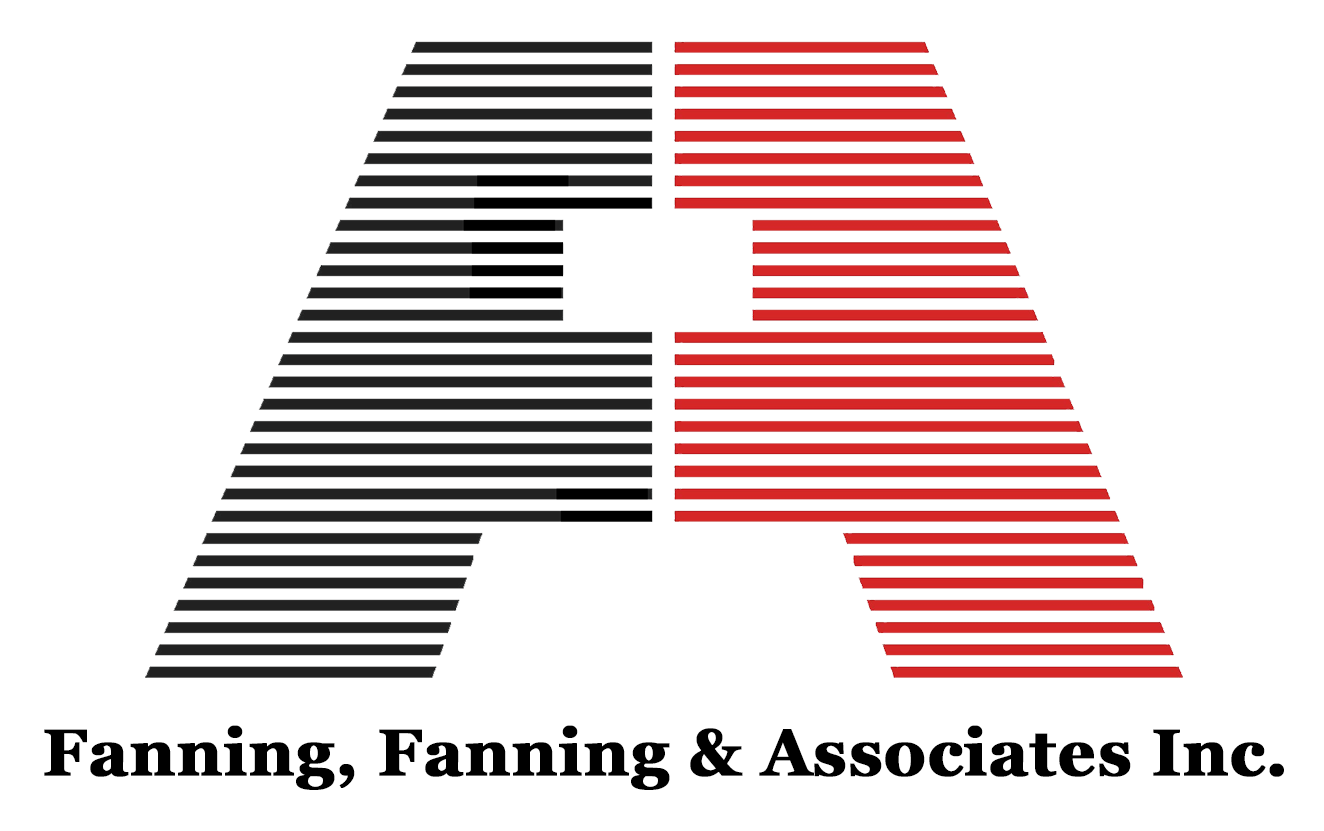

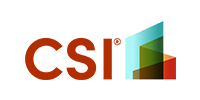
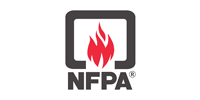
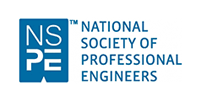
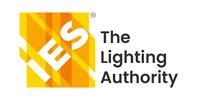
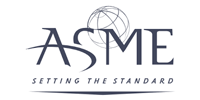
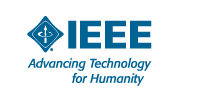
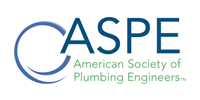
Share On: